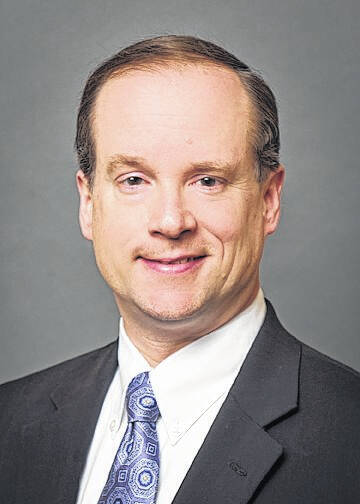RALEIGH — North Carolina’s labor markets are healing — slowly. As of March, our state’s headline unemployment rate was 3.5%, comparable to where it was before the onset of the COVID-19 pandemic in early 2020. More importantly, while our labor-force participation is still significantly below the pre-COVID rate 59.2%, it is improving. It was 57.7% in March, up from 56.2% a year ago.
That’s important because the headline unemployment rate, technically known as the U-3 rate, only counts as unemployed those working-age individuals who are jobless but actively looking for work. Unfortunately, there are many thousands of working-age North Carolinians without jobs who aren’t counted in the U-3 rate.
Given the labor shortages currently afflicting industries as divergent as retail, construction, dining, and business services, why do so many potential employees remain on the sidelines?
I’ve written about this issue many times in the past. Businesses are desperately seeking help. That employer demand has, in turn, pushed up wages (although price inflation has eaten away some of the apparent gain). And the expanded unemployment-insurance benefits and other subsidies that discouraged some workers from taking new jobs or returning to old ones have expired. Given these and other pro-employment factors, then, why do we have so many missing workers?
A new National Bureau of Economic Research working paper suggests that I and other analysts should have phrased the question a bit differently. Some of these prospective workers aren’t missing. They’re lost.
That is to say, these folks aren’t simply missing from our statistical models. They are physically and psychologically lost, suffering from addictions so debilitating that they lack either the will or the capability to fill vacant jobs.
The prevalence of opioids, while significant, is only part of the story. Comprehensive data on post-pandemic drug and alcohol abuse are not yet available, but the three economists who authored the new paper — Jeremy Greenwood from the University of Pennsylvania, Nezih Guner from the Universitat Autonoma de Barcelona, and Karen Kopecky from the Atlanta Fed — observed that deaths attributed to substance abuse spiked far above preexisting trend lines during the pandemic. Based on these “excessive death” statistics, they were able to extrapolate likely increases in the broader universe of addicts and substance abusers.
Take opioids. From April 2020 to June 2021, some 69,000 Americans died from overdoses or other causes related to opioid abuse. That’s nearly 15,000 more than we might have expected given prior trends. Using ratios developed from other studies, the authors estimated that there were about two million more Americans abusing opioids during this period than would have done so in the absence of the COVID pandemic and the economic dislocations and social isolation that followed. The researchers estimated an even larger increase in alcohol abusers. For all drugs combined, Americans with substance-abuse disorders may well have jumped by more than five million, an increase of 23%.
That’s gigantic. And it couldn’t have happened without wreaking havoc on, among other things, our labor markets. The study’s authors concluded that higher rates of substance abuse among the working-age population can account as much as a quarter of the drop in labor-force participation.
Alas, remedying the problem is far easier said than done. I don’t think further criminalizing it is the right approach. After all, most of the addicts in question are abusing a perfectly legal drug, alcohol, or misusing legal but controlled substances such as opioids. I doubt seriously that passing sweeping new prohibitions or access controls will make enough of a difference to justify the cost in tax dollars, law-enforcement resources, and freedoms. As for drug treatment, program effectiveness varies wildly. My reading of the evidence suggests that truly local programs, often rooted in shared religious faith or community values, produce the best results. They can also be hard to scale.
Still, while substance abusers may be, in a sense, “lost,” that doesn’t mean they can’t be found. All of us, individually and collectively, must be willing to join the search party.
John Hood is a John Locke Foundation board member. His latest books, Mountain Folk and Forest Folk, combine epic fantasy with early American history (FolkloreCycle.com).

